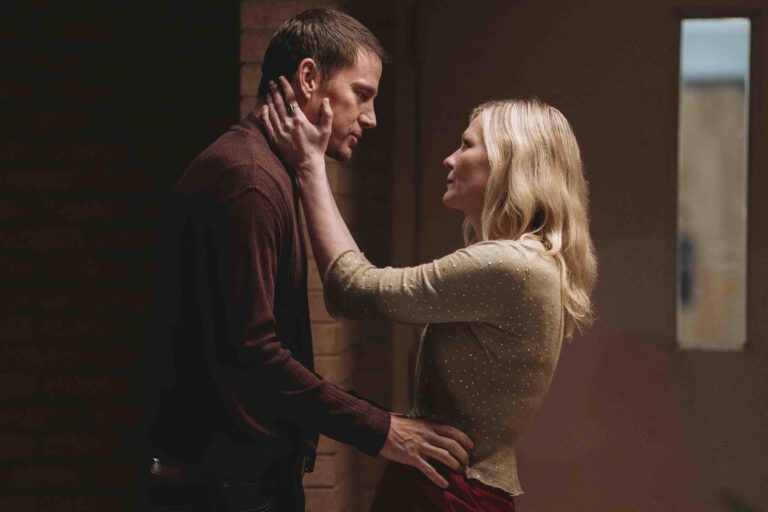Directing is a labor of love that comes with many difficult decisions. When it comes to trimming the fat from a project, it can be terribly hard to distance yourself from the material and assess what should stay and what should go with an objective eye.
Here are some questions I find helpful to ask myself when trying to determine if something needs to be cut.
What You’ll Find in This Article
- Does it Move the Story Forward?
- Does it Serve the Primary Message?
- Does it Disrupt the Pace or Flow?
- Are You Working Too Hard?
- Take a Step Back
Does it Move the Story Forward?
This question is the most straightforward way to check the vibe of any scene or section. What does it do to drive the plot? If the answer isn’t clear, it might be a good indicator that portion warrants further interrogation, no matter how beautifully acted or well produced it is.
Does it Serve the Primary Message?
This is subtly different from the previous consideration, and can only be answered if you are crystal clear on your core message.
If you’re stuck on whether or not something truly moves the plot forward, go back to the heart of your message. Does it illuminate, drive and serve the thesis of the piece? If not, you may need to examine further why it’s there at all.
Does it Disrupt the Pace or Flow?
This might be hard to ascertain early in the process. But once a natural rhythm and flow have been established, anything that disrupts or slows that pace should be given a hard second look.
Are You Working Too Hard?
If you’ve been working and reworking a scene or bit for a while and it just isn’t where you need it to be, it may no longer serve the rest of the work. Ask yourself if you’re trying to force a square peg into a round hole. If it’s just not working, it might be time to cut your losses and reroute.
Take a Step Back
Particularly when you’ve been working on a project for some time, it’s easy to get myopic and lost in the minutiae. Take a step back and try to see the big picture.
Are you hanging on to something that worked earlier in the process, but has since been rendered redundant or less relevant? As painful as it can be to kill early ideas that got you excited about the work, if it’s not serving the final product, it’s time to let it die on the cutting room floor.
The artistic control and freedom that fuel much of the joy of directing come with the counter-responsibility of checking your own expression. Remember, it’s not just your story — it’s a collaboration of voices that you are responsible for shaping into something that honors and elevates the text. Such a task requires chucking out a few of your artistic babies for the health of the whole, but developing a talent for this discernment is more than worth it.
Final Takeaways
Directing demands both passion and tough choices, especially when deciding what to keep or cut from a project. As a new actor, understanding this mindset can help you collaborate more effectively and grow in your craft. Here are some practical tips to keep in mind as you navigate your roles and contributions.
- Focus on how your performance moves the story forward; every moment should serve the narrative’s progression.
- Be clear on the core message of the piece and make sure your choices highlight and support that theme.
- Pay attention to the pace avoid scenes or moments that feel like they disrupt the flow or drag down energy.
- Don’t be afraid to let go of parts that aren’t working, even if you’ve invested time in them; sometimes less is more.
- Step back regularly to see how your role fits into the bigger picture, and be open to adjustments for the good of the project.
Mastering the art of discernment early on will not only improve your craft but also make you a valuable collaborator who helps elevate the whole production.
You may also like:














